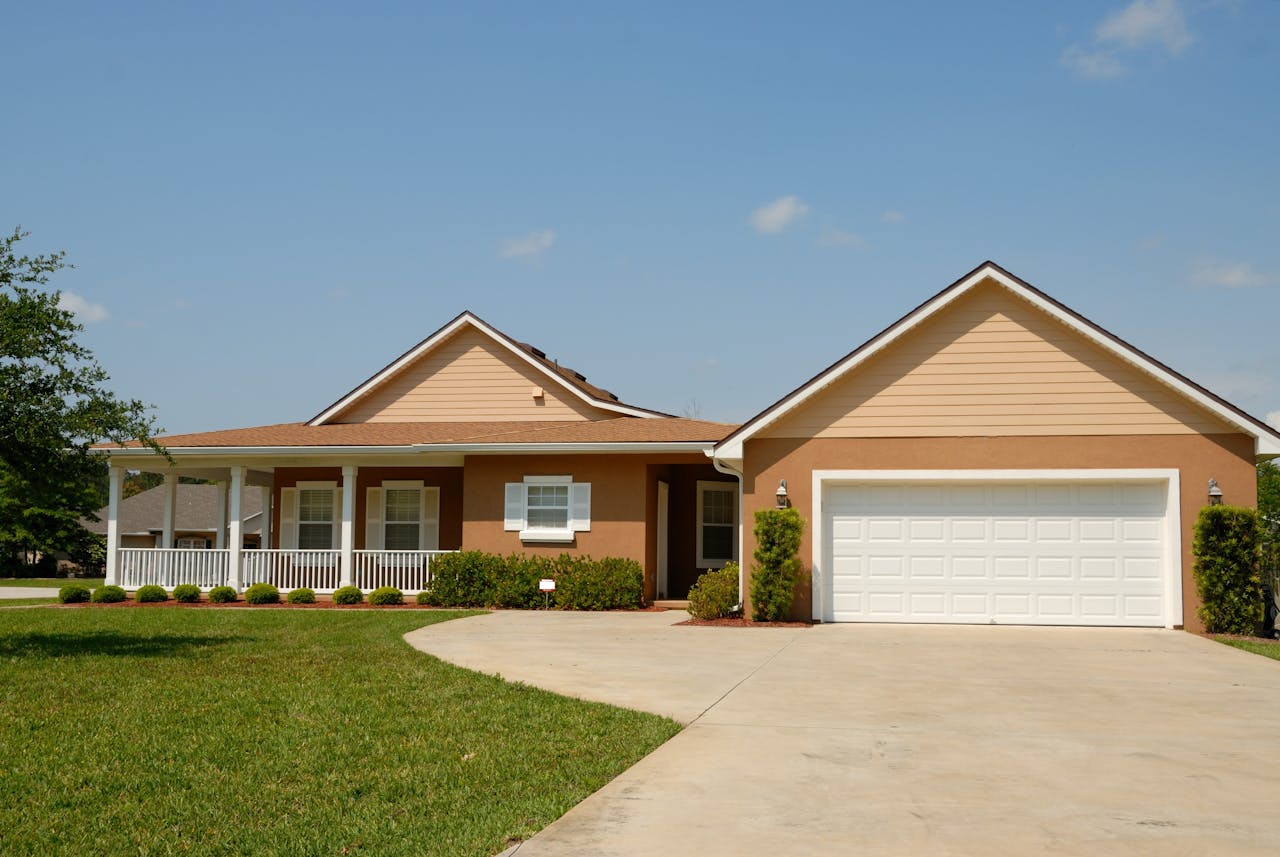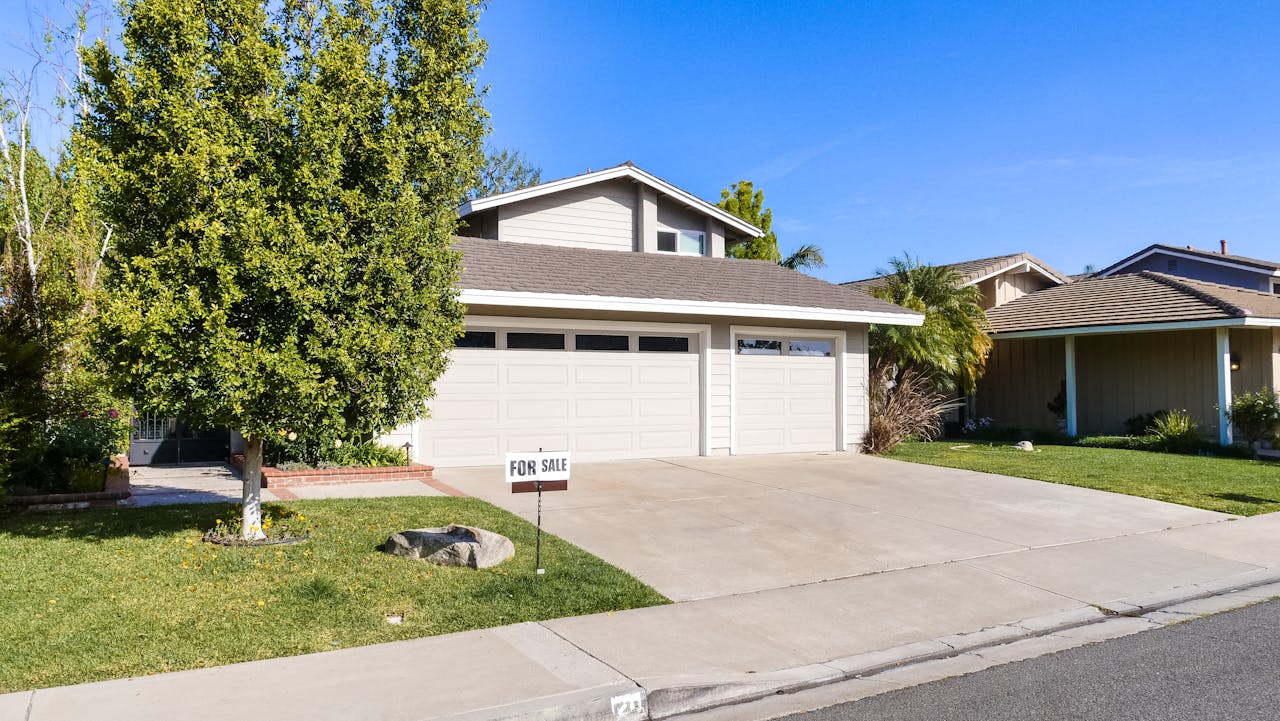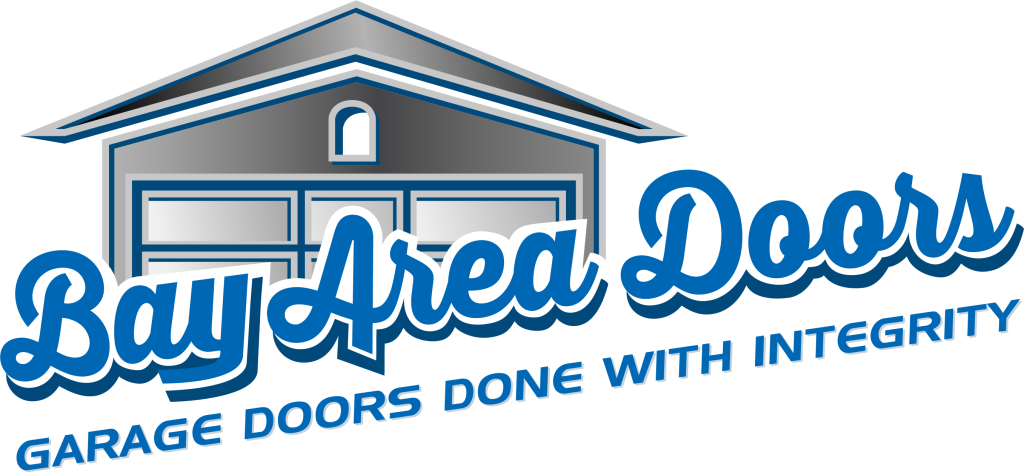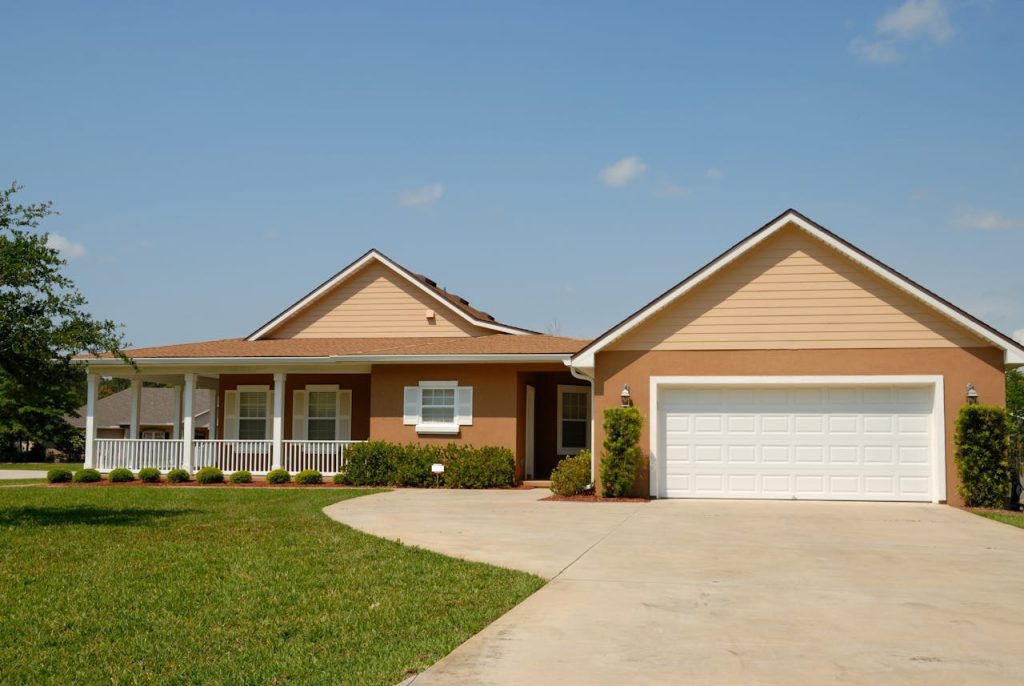Torsion springs twist to work, storing energy when you turn them. These springs typically appear in garage doors and clothespins, where the spring coils rotate as energy is applied. Extension springs stretch to work, storing energy as you pull them apart. You encounter these in trampolines or screen doors, where the spring extends over time. Each spring suit application with various requirements for movement and tension. Understanding how they work helps you choose the right one for your task. The next section will display more about how each spring functions and the optimal way to utilize them.
Key Takeaways
- You can distinguish torsion springs by their use of twisting force and extension springs by their stretching action, impacting how each stores and releases energy.
- Torsion springs are typically more durable and have superior resistance to heavy loads, so they’re perfect for things like garage doors, while extension springs work well for lighter applications like trampolines or toys.
- The mechanics of each spring play a role in where you can use them, with torsion springs fitting into tight spots and extension springs needing space to extend.
- Routine inspection and maintenance of both spring types will help you avoid failures, stay safe, and prolong their lifespans.
- When determining which spring to buy, keep in mind your torque or tension needs, along with safety, financial considerations, and expected life span.
- By staying abreast of new materials and technologies, you can take advantage of better spring performance and longevity later on.

Core Mechanical Differences
Torsion and extension springs operate with distinct forces and constructions, which are essential for applications in garage door systems, machinery, and even toys. Understanding these differences is crucial for selecting the right garage door spring for your build or repair.
1. Force Application
Torsion springs twist to generate torque. This allows them to raise large weights, like garage doors, in a controlled fashion. You’ll frequently find them over the door, wrapped around a shaft. This construction provides steady motion that eliminates jerking and reduces wear. Extension springs stretch out to generate tension. They’re along the tracks and have optimal use for lighter loads.
Torque from torsion springs results in less abrupt transitions, so components enjoy a longer lifespan. Extension springs extend and retract, which is ideal for trampolines or toys where you need a quick tug. This move can be clunky. Mechanically speaking, for long-term function, torsion springs outlast extension springs, providing 15,000 to 20,000 cycles versus 7,000 to 10,000 for extension varieties.
2. Energy Storage
Torsion springs save energy through twisting. This twisting action controls the release of energy, which is crucial for us to have a safe and smooth door operation. When you open a garage door, the torsion spring winds or unwinds, providing equilibrium for the entire door.
Extension springs lengthen to accumulate energy. When they snap back, they only counterbalance the portion of the door that remains vertical – not the entire thing. How each spring stores and returns energy alters the overall smoothness and security of your system.
3. Physical Design
Torsion springs, which are tight coils placed around a shaft or tube, are ideal for installation in tight spaces, like above a garage door. In contrast, extension springs are long and equipped with hooks or loops on both ends, fastening to other elements. The garage door spring replacement depends on how these springs are utilized. Torsion springs excel in high-traffic environments, such as commercial garage doors, while extension springs are more suited for lighter duties. The right metal composition extends the lifespan of each spring.
4. Failure Mode
Torsion springs can snap from over-twisting or metal fatigue, while garage door springs, specifically extension springs, will break if pulled too hard or too quickly. Both types can snap, but extension springs that do can fly loose, making safety cables essential for balanced door operation.
Torsion Springs Explained
Torsion springs are helical springs that exert a torque, or rotary force, commonly found in situations where something heavy requires smooth, controlled movement. The primary function of a torsion spring is to provide torque when twisted. When the spring twists around its center, it attempts to return to its original form, creating a push and pull that aids in raising or lowering heavy objects. In a garage door system, for instance, the spring rests on a shaft directly above the midpoint of the door. It winds when the door closes and unwinds as it opens, ensuring balanced door movement at all times.
Torsion springs in garage door systems are simple yet ingenious devices. As you open or close the door, the spring winds and unwinds at a constant rate, counteracting the force of gravity. This design allows you to exert minimal strength when lifting or lowering the door, regardless of its size or weight. One portion of the spring extends directly over the door, unlike extension springs that are positioned on either side and use cables and pulleys. This configuration ensures that both sides of the door move at the same rate, preventing it from jamming or tilting.
They offer several advantages, including the ability to manage large loads, making them ideal for wide or voluminous doors. Torsion springs provide better control, allowing the door to glide with a smooth, steady motion. When installed correctly, they have an extended lifespan and require less maintenance. However, improper installation can be dangerous, as a spring can break or malfunction. It’s advisable to seek the expertise of a precision garage door service professional for this task.
Torsion springs aren’t limited to garage doors; they are also found in vehicles, assisting trunk lids or hoods. Additionally, they are utilized in industrial machinery, where they help lift or support heavy parts. In these applications, they provide accurate control and maintain safety when components need to move along a defined trajectory.
Extension Springs Explained
Extension springs provide tension when extended, as they come attached at both ends. When the components they connect separate, the spring tugs them back together, which is how extension springs provide tension. Their primary duty is to hold things together or restrain objects to a specific position. You can find these springs in numerous common applications, including garage door spring replacement. In garage doors, two extension springs rest on either side of the door, making them simple to identify and operate with cables. As you shut the door, the cable yanks on the springs, elongating them. The springs pull back to help counterbalance the door’s weight, facilitating smoother garage door operation for you. Outside the home, extension springs are also present in toys, trampolines, and even farm tools.
These springs are simple and usually compact, which is advantageous if you’re aiming for a miniaturized configuration. They’re budget-friendly, making them a clever option if you require a solution that doesn’t bust the budget. Their design and application allow for easy installation and garage door service without the need for special tools in many instances. This ease of use is particularly beneficial during a garage door spring replacement, where a timely response is crucial.
However, there are some limitations to extension springs. They don’t provide as much control as other springs, such as torsion springs. You won’t achieve high torque or precise movement with an extension spring, making them less suitable for applications where security and stability are paramount. Additionally, if installed incorrectly, they can break or cause damage, leading to increased expenses and risks.
In summary, while extension springs are effective for numerous applications, including garage doors, their limitations should be considered. Understanding the difference between extension springs and torsion springs can help in choosing the right spring system for your needs, ensuring a balanced door operation and longevity of the garage door system.
Choosing The Right Spring
Choosing the right garage door spring is about balancing both its mechanics and your requirements. Torsion and extension springs each have obvious advantages and disadvantages depending on your application, safety requirements, and budget for garage door spring replacement. Here’s a quick look at how they stack up.
Feature | Torsion Spring | Extension Spring |
Applications | Garage doors, heavy gates | Screen doors, trampolines |
Advantages | Smooth motion, longer lifespan | Easy install, low upfront cost |
Disadvantages | More costly, complex install | Jerky motion, shorter lifespan |
High-Torque Needs
Torsion springs are your go-to when the job requires a heavy dose of torque. Consider situations where you have to raise or shift a heavy load on a pivot. For example:
Industry | Application | Requirement |
Construction | Heavy gates | High torque, long lifespan |
Logistics | Warehouse doors | Balanced, smooth movement |
Manufacturing | Conveyor systems | Reliable, frequent cycling |
Torque is most important in things like garage doors and heavy machinery. If you select a spring with insufficient torque, the door may slam shut or the mechanism may fail. In a business like construction or logistics, a broken spring can translate to dangerous safety hazards and costly downtime.
Pulling Applications
Extension springs excel when you’re trying to pull things apart, not twist them.
We’ve all seen them in common items—screen doors use them to snap shut, and lawn tools use them to maintain tension when you pull. They’re prevalent in trampolines, where they elongate and recoil all day. In gym-ware, these springs endure a lot of rapid tugs and releases.
Extension springs are simple to change and install. Easy maintenance, but they don’t have the same longevity—plan for 7,000 to 10,000 cycles before you need a replacement.
Safety Criticality
- The incorrect spring style can lead to system failure, injury, or damage to property.
- Torsion springs keep your door from falling, protecting it with massive doors.
- Extension springs are capable of storing some amount of shock; however require safety cables to prevent accidents.
- Regular checks and oiling are key to safe use.
Cost VS. Lifespan
- Compare upfront price, expected cycles, and replacement needs.
- Extension springs are cheaper initially, but they only have about half the life.
- Good springs can be pricier but reward you in the long run.
- Budget accordingly to how frequently your springs.

Installation And Maintenance
Torsion and extension springs are both essential components of garage door systems. The way you install and maintain them differs. Each style has its specific steps you must take to ensure your door functions correctly and remains secure.
Torsion springs are located over the garage door, attached to a shaft. To set up torsion springs:* To begin with, attach the spring to the middle bracket. * Next, slide the spring onto the torsion bar and tighten with set screws. * Connect the cable drums on both sides, then wind the springs with a winding bar. Calculate turns according to door size and spring manufacturer’s specifications—most doors require approximately 7.5 turns for a standard height. * Lock the springs and inspect the cable tension. * Test the door for smooth balance and adjust if necessary. Not enough tension and the door won’t open properly, too much and it will slam shut. Incorrect installation can cause the spring to break, which is a huge safety hazard and can damage the door or injure a person.
Extension springs stretch along the sides of the door. They expand and contract to open the door. Setting them up means: – Attaching the spring to the door track support and pulley. – Threading the safety cable through the spring end-to-end. This cable is essential. So if the spring snaps, it prevents it from flying off and hurting someone. – Setting the spring tension by switching the hook location. That perfect tension is the secret. If it’s too loose, the door feels heavy. If it’s too tight, it won’t close all the way.
Both spring types require periodic inspection. Watch for rust, gaps, or stretched coils. Spray with silicone-based spray every few months to help stop wear. Extension springs require more frequent inspections than do torsion springs, which have a longer life span, typically 20,000 cycles or more.
DIY replacement for easy tasks. Unplug the opener first, and use the proper tools. For complicated installs or if you hear grinding noises or the door is tough to lift, call a professional. Mishaps can increase expenses and cause harm.
The Future Of Spring Technology
Spring technology continues to advance with your desires for security, dependability, and performance. Torsion and extension springs are experiencing new materials and design innovations. Now, makers are experimenting with composites and nanomaterials to construct springs that are lighter but stronger. This means your garage door springs can take 20,000 cycles, allowing for significantly more work before they burn up. For you, that translates to less stress about garage door spring replacement and malfunctions. Torsion springs, for instance, are becoming safer and more stable, snapping less frequently than extension springs, which reduces the chance of injury to yourself or your belongings.
Tomorrow’s spring technology changes how you think about springs. They’re embedding sensors and tiny devices known as actuators into garage door spring systems, allowing you to track performance live. If a spring begins to wear out, you might be alerted prior to its breaking, saving you time and expense on repairs. Down the line, smart springs could even customize how much force they deploy depending on your application, making garage doors or heavy machinery operate more fluidly and efficiently. For example, a smart spring in an industrial door could adjust its tension to dynamic loads throughout the day.
Manufacturing is advancing too. New techniques such as 3D printing and laser cutting assist in creating springs with closer tolerances and improved durability. These methods reduce scrap, reduce expense, and allow you to obtain longer-lasting springs. If you use springs in a garage door, you’ll find newer ones that last 7-10 years, but with better materials and processes, that could go much longer.
Looking ahead, springs will probably employ more recycled or eco materials to align with the green tech drive. You could encounter these transformations initially in automobiles or structures, where powerful, lightweight, and intelligent springs enhance security and conserve energy. As designs get more precise, your springs will perform better and hold up to usage wherever you require them.
Conclusion
You now understand how torsion and extension springs operate in crystal-clear, plain language. Torsion springs twist to provide force. Extension springs stretch and pull back to provide force. Each spring type suits a different work. Doors and window shades, and cars – they use both in smart ways. Good care keeps any spring working great for a long, long time. Advanced, high-performance springs for everyday gear. Understanding how each spring works assists you in selecting the right one for your project. Got a project or repair? Employ what you discovered here to select your next spring with more savvy, less guessing. See more HOW TOs or request advice if you need assistance with your next repair.
Frequently Asked Questions
1. What Is The Main Difference Between Torsion And Extension Springs?
Torsion springs twist while extension springs stretch, playing a crucial role in the garage door system. Torsion springs exert force through torque, whereas extension springs provide balanced door movement by absorbing or storing energy.
2. When Should You Use A Torsion Spring Instead Of An Extension Spring?
Opt for a torsion spring when you require rotational force, like in garage door systems or hinges. Use an extension spring when you want to absorb pulling force, such as with trampolines or scales.
3. Are Torsion Springs Stronger Than Extension Springs?
Torsion springs, integral to garage door systems, can handle higher torque, offering balanced door movement based on specific application needs.
4. How Do You Install Springs Safely?
Safety first, always wear safety gear and use the manufacturer’s instructions. For garage door spring replacement, assemble springs with appropriate tools and ensure all tension is unloaded before removal or adjustment.
5. What Maintenance Do Springs Need?
Inspect for wear, rust, and tension regularly. Regular garage door spring replacement is essential, as damaged or fatigued springs can affect balanced door operation and overall safety.
6. Can Springs Be Recycled?
Yes, most garage door springs are made of steel and can be recycled. Check local recycling guidelines and dispose of your used springs with care for the environment.
7. How Is Spring Technology Evolving Today?
New materials and designs are making garage door springs lighter, stronger, and more durable. Innovations such as smart springs are optimizing performance across many industries, adding reliability and efficiency to your garage door system.
Get A Free Quote Today – No Surprises, Just Honest Service
Ready to replace your garage door springs or unsure which type is right for your setup? Don’t guess — trust the professionals at Bay Area Doors to walk you through the process with honesty, precision, and dependable care. With upfront, transparent pricing and no hidden fees, you’ll get exactly what you need for smooth, safe garage door operation. Whether it’s a torsion or extension spring, our experts are here to guide you to the right solution — and install it with care. Honest, upfront pricing—get your free quote from Bay Area Doors now. Visit our Contact Page to schedule your consultation today.
Disclaimer:
The information provided in this article is for educational and informational purposes only. Garage door spring replacement involves high-tension components that can cause serious injury or property damage if handled improperly. Always use appropriate safety gear and tools, and follow the manufacturer’s instructions precisely. Bay Area Doors recommends consulting or hiring a licensed professional for any garage door spring repair or replacement. By using this information, you agree to assume all risks associated with DIY repairs and hold Bay Area Doors harmless from any liability or damages resulting from its use.


